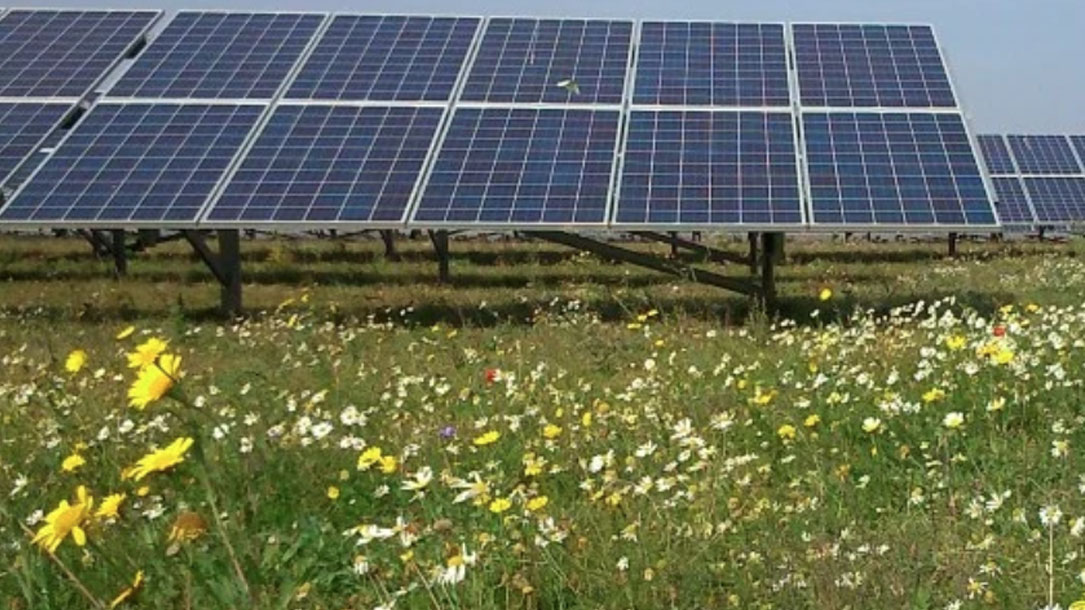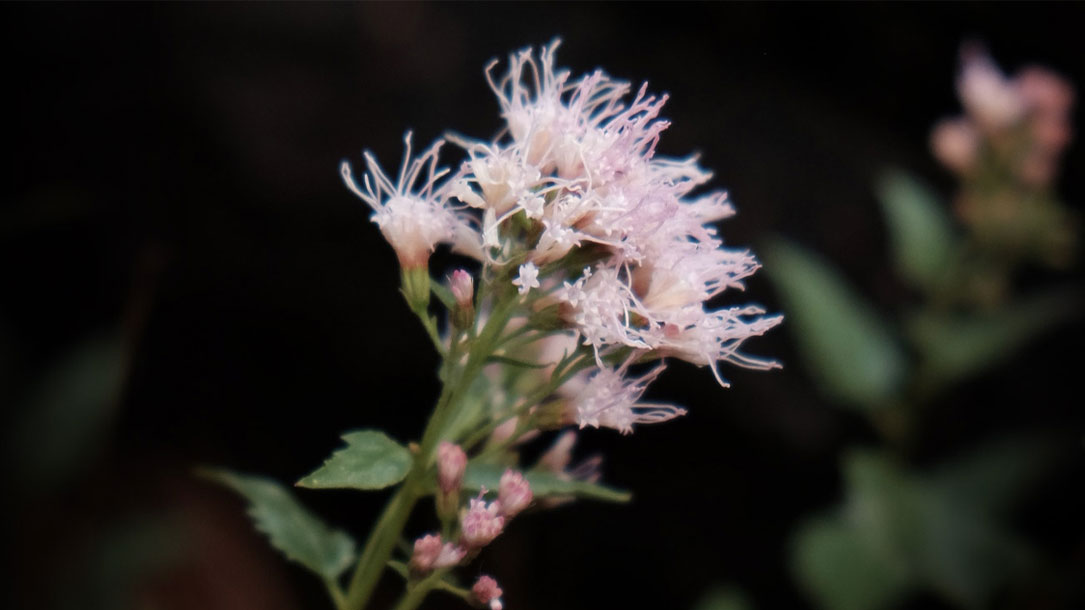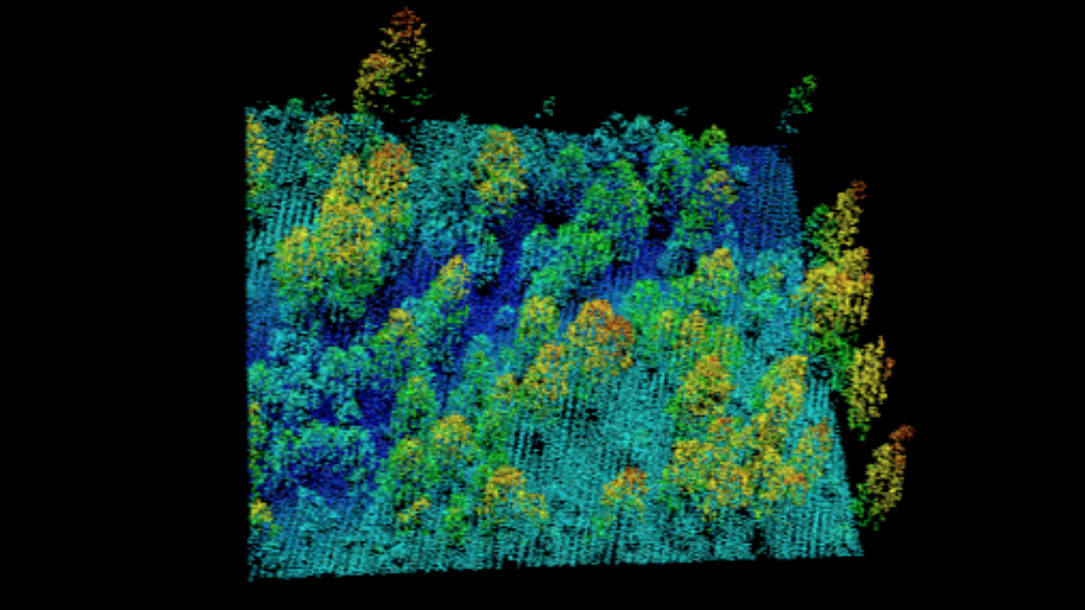
Fish species at risk from Lake Michigan warming
Warmer and wetter climate in the midwest could lead to the displacement of some cold water fish species in southern Lake Michigan and trigger die-offs in smaller inland lakes, according to a new report.
The research published last week by Purdue University found that the Great Lakes are warming along with the atmosphere due to the proliferation of greenhouse gases, the Chicago Tribune reported…
“They can’t really migrate much but up and down in the water column,” said Tomas Hook, a professor of fisheries and aquatic sciences at Purdue and director of the Illinois-Indiana Sea Grant.
“I would expect to see more die-offs in those types of systems. A lot of aquatic species don’t have the flexibility to migrate into new systems like terrestrial organisms do…”

Spring is coming earlier to wildlife refuges, and bird migrations need to catch up
Climate change is bringing spring earlier to three-quarters of the United States’ federal wildlife refuges and nearly all North American flyways used by migratory birds. This is a shift that threatens to leave migrating birds hungry and in a weakened condition as they are preparing to breed, new research shows…

Making photography tell the stories: If we lose the ice, we lose the entire ecosystem’
You, like Paul, a former marine biologist, can inspire change and help people connect the dots in compelling ways as we face 30 years to slow down climate change in a way that will save the species we love, and the communities as we know them. Why? Because, as Paul notes…

Planting a mix of tree species ‘could double’ forest carbon storage
The new study, published in the Proceedings of the Royal Society of London B, looks at one such question – “How could the number of tree species present in a forest affect its ability to store carbon?”
The results show that the most diverse forests are “faster” at storing carbon, says study co-author Professor Bernhard Schmid, a plant biologist from the University of Zurich.
“With increased species richness, more carbon is stored both above and below ground – in trunks, roots, deadwood, mould and soil. You can roughly say that a diverse forest stores twice the amount of carbon as the average monoculture.”

Can ground mounted solar farms be wildlife havens?
“Research suggests that the negative impacts of solar installation and operation relative to traditional power generation are extremely low. In fact, over 80% of the impacts were found to be positive or neutral. Yet, it is clear that if it involves the removal of woodland to make space for solar power this can cause a significant contribution to CO2 emissions, but still far lower than coal-based electricity.”
Solar farms can enhance wildlife habitat (and can be compatible with grazing)…

Beavers—once nearly extinct—could help fight climate change
Many conservationists have been trained to think that dams are bad-news for wildlife. With climate change, droughts, and increasingly extreme weather, we are rethinking that.
For example, on the Puget Sound, beavers are being reintroduced to enhance salmon stocks. Small dams might be something we need to consider, and this article gives some ideas of where to start…

Arctic’s strongest sea ice breaks up for first time on record
“The oldest and thickest sea ice in the Arctic has started to break up, opening waters north of Greenland that are normally frozen, even in summer.
This phenomenon – which has never been recorded before – has occurred twice this year due to warm winds and a climate-change driven heatwave in the northern hemisphere.
One meteorologist described the loss of ice as “scary”. Others said it could force scientists to revise their theories about which part of the Arctic will withstand warming the longest…”

Contribute to Science
Every observation can contribute to biodiversity science, from the rarest butterfly to the most common backyard weed. We share your findings with scientific data repositories like the Global Biodiversity Information Facility to help scientists find and use your data. All you have to do is observe.

Grasslands more reliable carbon sink than trees
Unlike forests, grasslands sequester most of their carbon underground, while forests store it mostly in woody biomass and leaves. When wildfires cause trees to go up in flames, the burned carbon they formerly stored is released back to the atmosphere. When fire burns grasslands, however, the carbon fixed underground tends to stay in the roots and soil, making them more adaptive to climate change…
“In a stable climate, trees store more carbon than grasslands,” said co-author Houlton, director of the John Muir Institute of the Environment at UC Davis. “But in a vulnerable, warming, drought-likely future, we could lose some of the most productive carbon sinks on the planet… We really need to start thinking about the vulnerably of the ecosystem carbon, and use this information to de-risk our carbon investment and conservation strategies in the 21st century”…

Acre for acre, urban trees can store as much carbon as tropical forest
Conserving trees in villages and urban areas here in the U.S. will help create better living environments for people and animals, and could—if managed well—help off-set carbon pollution.
“Researchers from University College London used a laser-based remote sensing method called LiDAR to build an intricately detailed 3D picture of more than 84,000 individual trees in their home borough of Camden, in northwest London. Then, based on the volumes of trunks and crowns, they calculated the amount of carbon each tree stores…”












